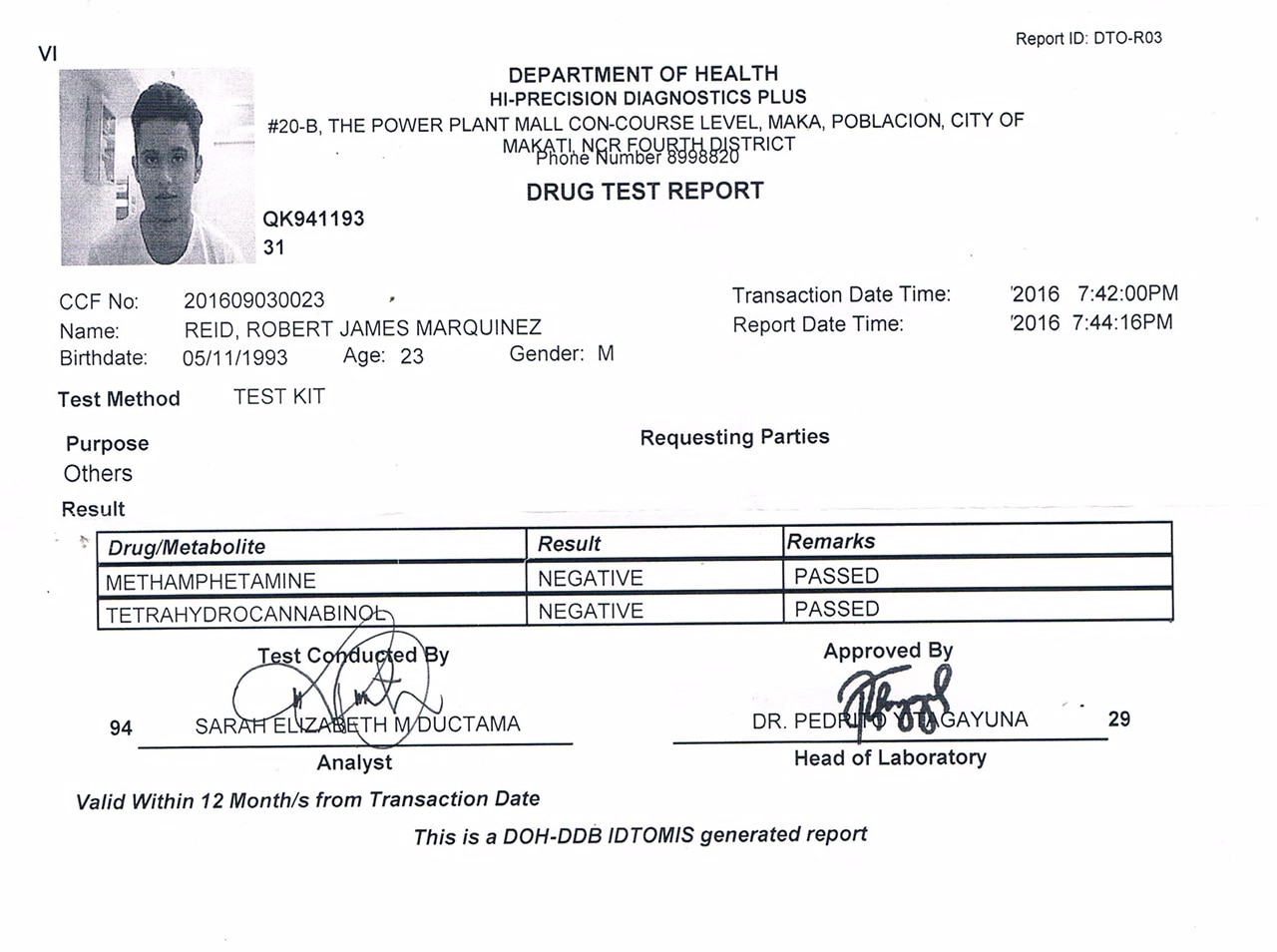

Baseline clinical and angiographic characteristics were analyzed. Data from 1055 coronary lesions that underwent FFR measurement at the Central Chest Institute of Thailand from August 2011 to July 2021 were included. This study, during four increasing adenosine boluses (50, 100, 150, and 200 mcg), aimed to explore clinical and angiographic predictors of coronary stenotic lesions for which the significant ischemic FFR (FFR ≤ 0.8) occurred at 150 and 200 mcg adenosine doses. Presepsin may be an adequate non-invasive tool for the early diagnosis of infections in patients with LC and overt HE.ĭirect intracoronary adenosine bolus is an excellent alternative to intravenous adenosine fractional flow reserve (FFR) measurement.

500, p 980 pg/mL could enhance the suspicion of bacterial infections. The presepsin level was higher in patients with infections than those without infections (3167 vs. Infections were diagnosed in 134 patients (36.7%).


In this study, we included 365 patients with a median age of 59 years, of whom 61.9% were male. The patients were follow-up until discharge. This prospective observational study included all consecutive cirrhotic patients admitted to our tertiary university center with overt HE. This study aimed to evaluate the role of presepsin in the early diagnosis of infections in patients with LC and HE. Presepsin is a serum biomarker evaluated for the early diagnosis of infections and sepsis in the general and cirrhotic populations. The early diagnosis and treatment of infections in patients with LC and HE can significantly increase their survival. Infections and sepsis represent severe liver cirrhosis (LC) complications and the precipitating factors of hepatic encephalopathy (HE). Conclusions: When the retinal venular caliber widens to a certain point, the composite incidence of HF rehospitalization and mortality significantly increase, suggesting retinal vessel caliber imaging may provide insight into the development of HF. In addition, CRVE was not associated with cardiac diastolic and systolic function. CRAE, CRVE, and AVR had no relationship with the concentration of the N-terminal pro-B-type natriuretic peptide. No association between the central retinal arteriolar equivalent (CRAE) and arteriolar-to-venular caliber ratio (AVR) was found with the clinical outcome in both univariable and multivariable Cox regression. At 12 months, the cumulative incidence of the primary endpoint, HF rehospitalization, and mortality tended to be higher with the widening of the central retinal venular equivalent (CRVE) ( p for non-linearity = 0.059) and was significantly increased when CRVE reached a cut-off value (283 μm) ( p = 0.011) following adjustment for age, sex, etiology of HF, and diabetes. Results: There were 55 patients with chronic HF included in the final analysis. The primary endpoint was the composite endpoint of HF rehospitalization and mortality at 12 months. Retinal vessel caliber was graded using retinal photography. Methods: This is a prospective, single-center, observational study that surveyed patients in a tertiary referral hospital for the treatment of HF. We aimed to explore the role of retinal vessel calibers in predicting long-term clinical outcomes of HF. However, whether they are predictive of the prognosis of heart failure (HF) is unclear. Background: Narrower retinal arterioles and wider retinal venules have been associated with the incidence of heart failure (HF).


 0 kommentar(er)
0 kommentar(er)
